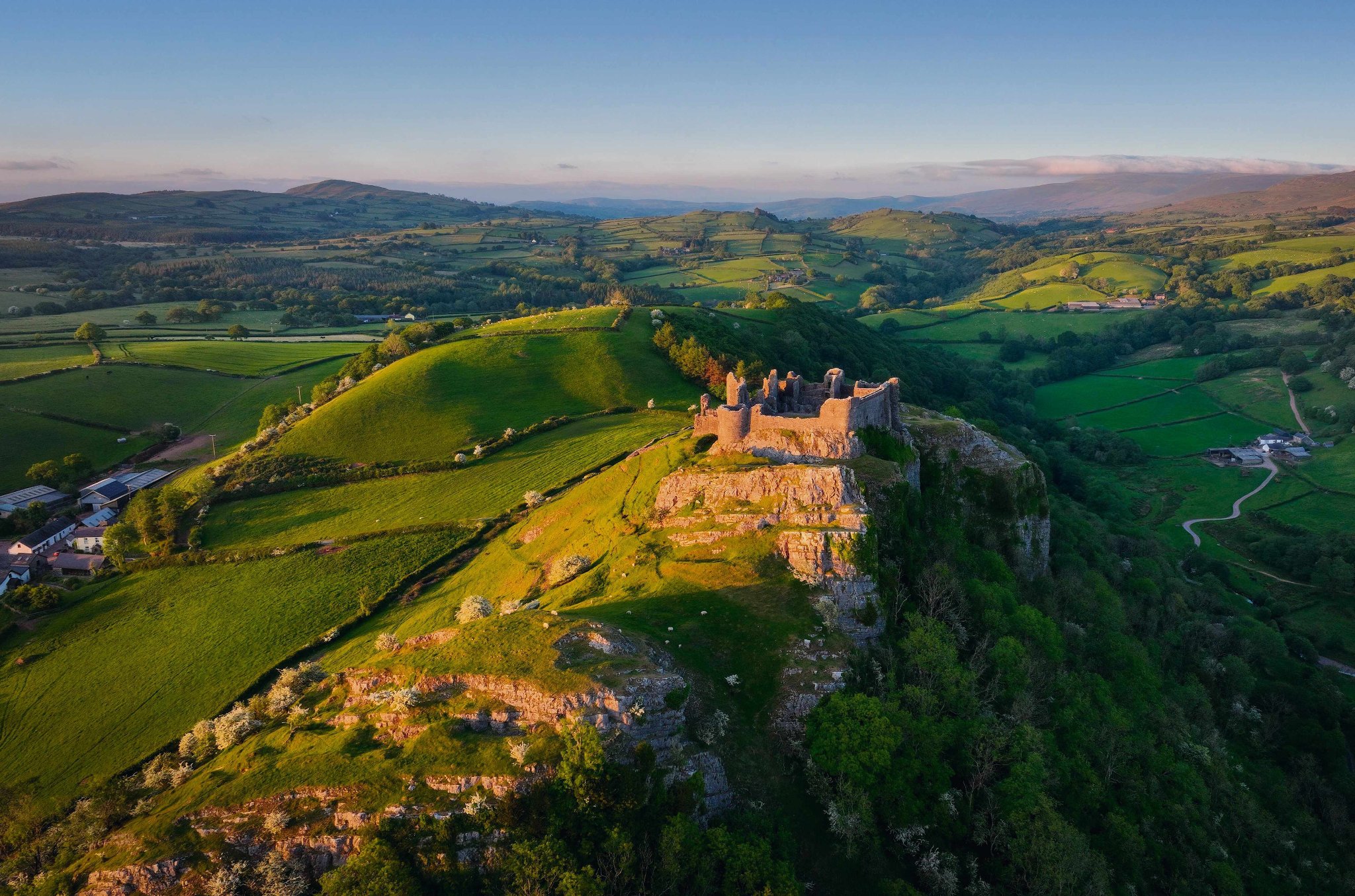
Land of green hills and silver sands
Carwyn Graves champions the hidden delights of Carmarthenshire, a place of crumbling castles and bustling market towns, empty beaches and tempting trails leading into gorgeous hill country
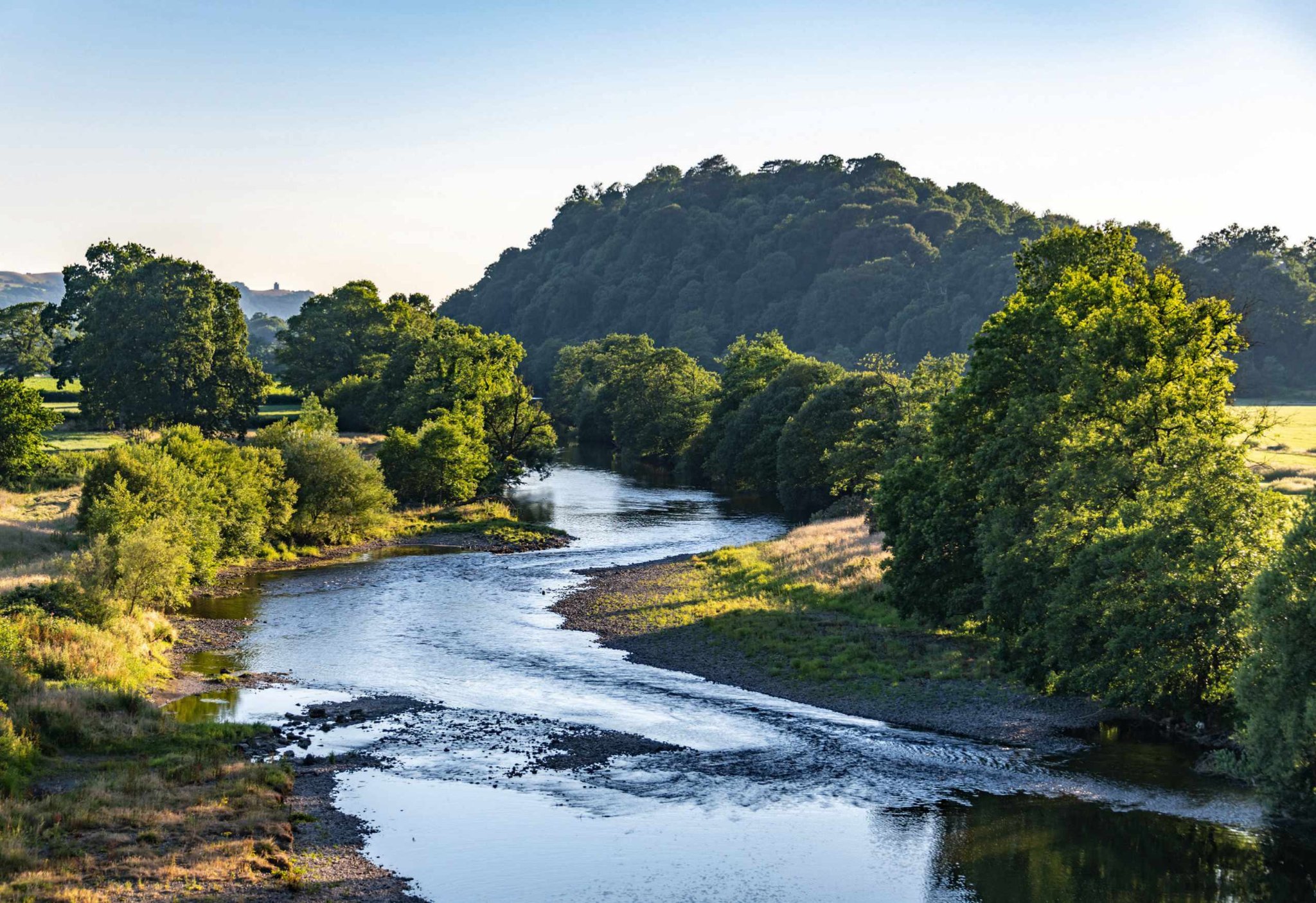
Below, shimmering blue waves lap at miles of burnished sandbanks where three rivers empty into the sea. Above the beach opposite, a turreted Norman castle atop a tree-clad tumble of woodland and cliff. And all around me, nestled into the fold of a bluebell-strewn hillside, the final resting places in the graveyard of the early medieval church of St Ishmael. This is a place to be still and take it all in, right in the heart of rural and oft-overlooked Carmarthenshire, Sir Gâr.
For many people in Wales, Sir Gâr is where ‘cefn gwlad’ – the deep countryside – begins, and for modern tourists on their way to the fêted Pembrokeshire coast, Carmarthenshire is where the M4 and the mainline railway peter out. But this, the largest of Wales’ traditional counties and one of its cultural strongholds, is a treasure trove of genuinely undiscovered delights stretching from castle-studded coastline to windswept moorland.
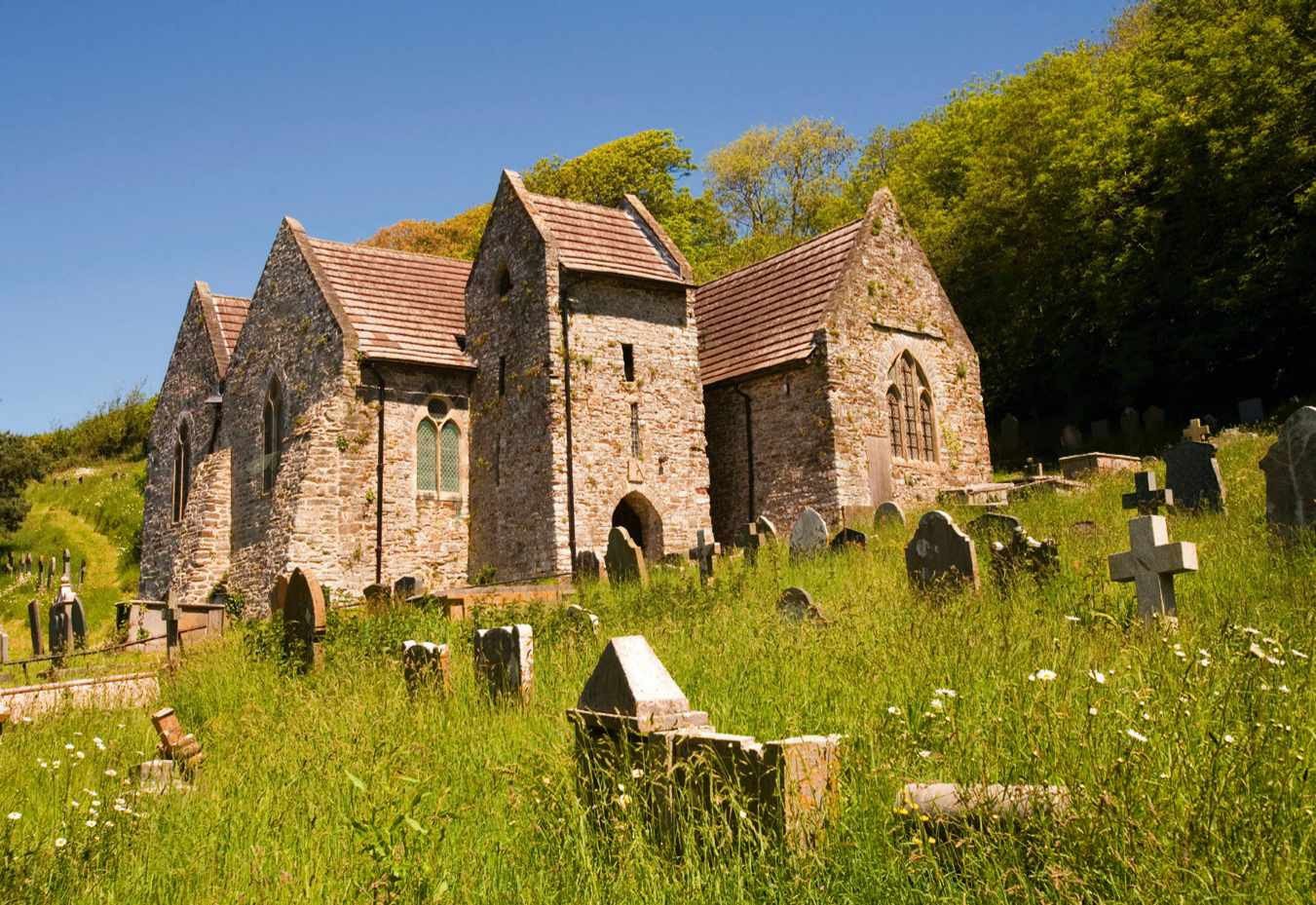
Survey the county from above – or from the driver’s seat of a car – and you quickly twig that if anywhere deserves the moniker of endless green hills, this place does. As you cross the county from one end to the other in any direction, be prepared for a visual feast of ancient oak-ash woodlands along steep river valleys followed by broad vistas as you crest the hills, interspersed all the while by hillside chapels and pastel-coloured market towns. On your travels, look on noticeboards and in local shops for information on male voice choir performances or ‘cymanfa ganu’, hymnsinging evenings, with these Welsh-language musical traditions still strong in this proudly bilingual and community-oriented county. This is an intimate landscape, long famous for its mild climate, good produce and family farming tradition – and it has happily stayed that way.
“This is an intimate landscape, long famous for its mild climate and family farming tradition”
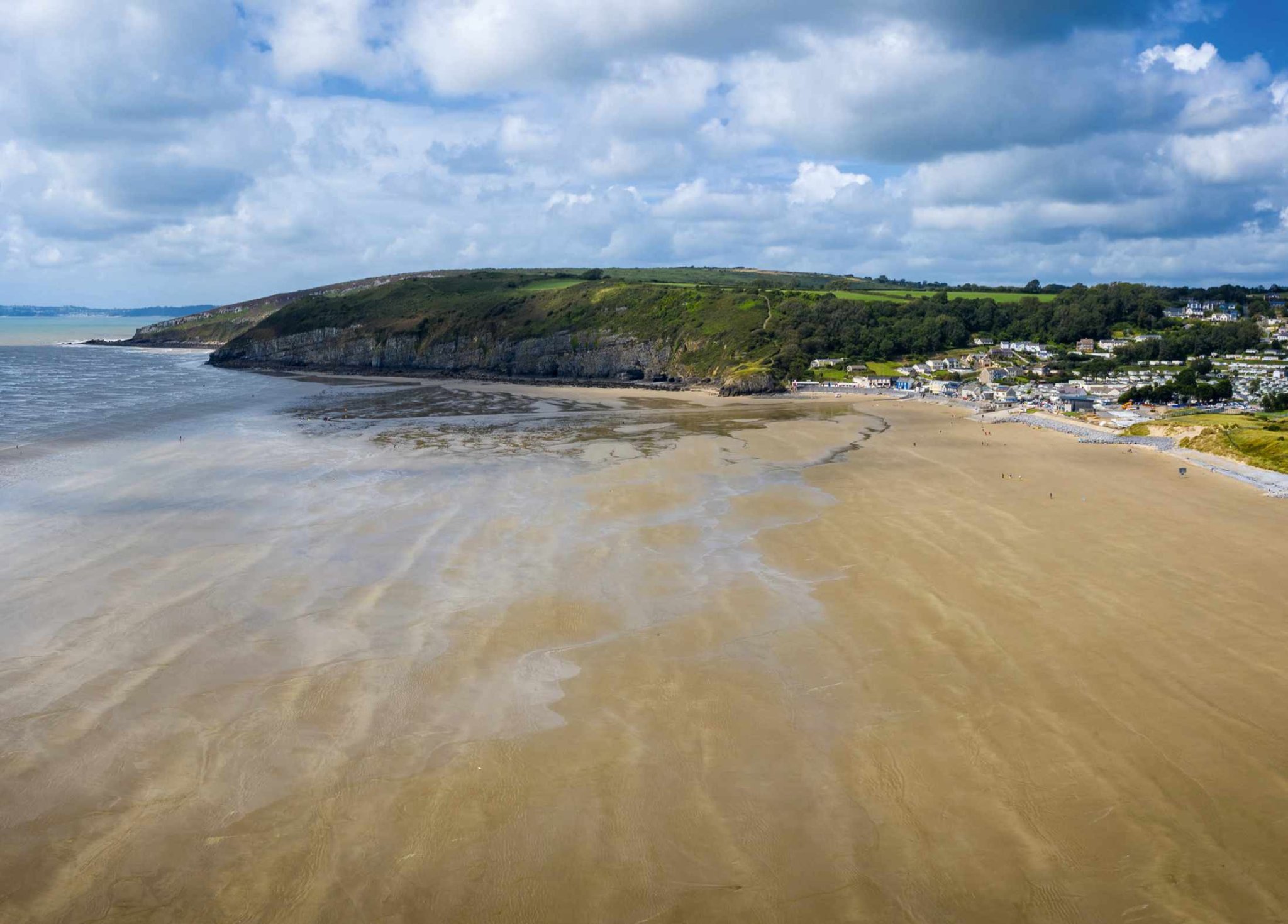
CASTLES AND ESTUARIES: THE COAST
Dominated by a crown of Norman castles, the 50 or so miles of coastline here play an outsized role in the county’s psyche, and somehow manage to pack a bit of everything in. On the border with Pembrokeshire, west of Pendine, lie remote cliffs with beaches below, such as Morfa Bychan. These utterly unspoilt coves can only be reached on foot; you should have the sea swimming, wooded valleys and unforgettable views over the water towards Caldey Island and the Gower hills all to yourself. Then, suddenly, at Pendine the cliffs give way to seven miles of dune-backed golden sand, where the land-speed record has been attempted many times.
Round the bay and you leave the ice-cream parlours and sunbathers behind for the quirky charms of Dylan Thomas’ beloved Laugharne, an unspoilt medieval borough dominated by its castle. In Thomas’ own words, this is “…a black-magical bedlam by the sea… timeless, beautiful, barmy (both spellings)… there is nowhere like it anywhere at all.” Rest and dine at his favoured, darkpanelled Brown’s Hotel, or pick up local cockles from the chippy on the square.
Facing Laugharne over the estuary lies ‘gwlad y pedwar llan’ – the land of the four ‘Llans’, with Llansteffan and its castle the jewel in the crown. You have crossed a linguistic frontier on this part of the coast, from Norman English to native Welsh – even the names of the farms and streams are immediately different. This area is superb walking country, with routes around the high headlands and views in all directions, while Llansteffan itself is a vibrant year-round community with a choice of pubs and a well-stocked community shop.
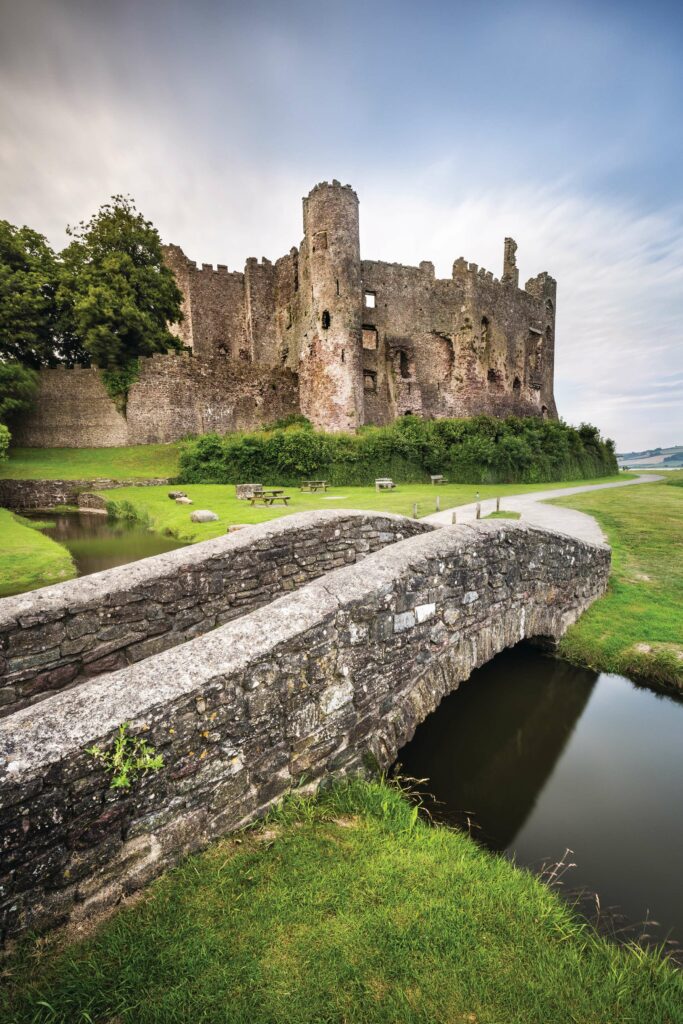
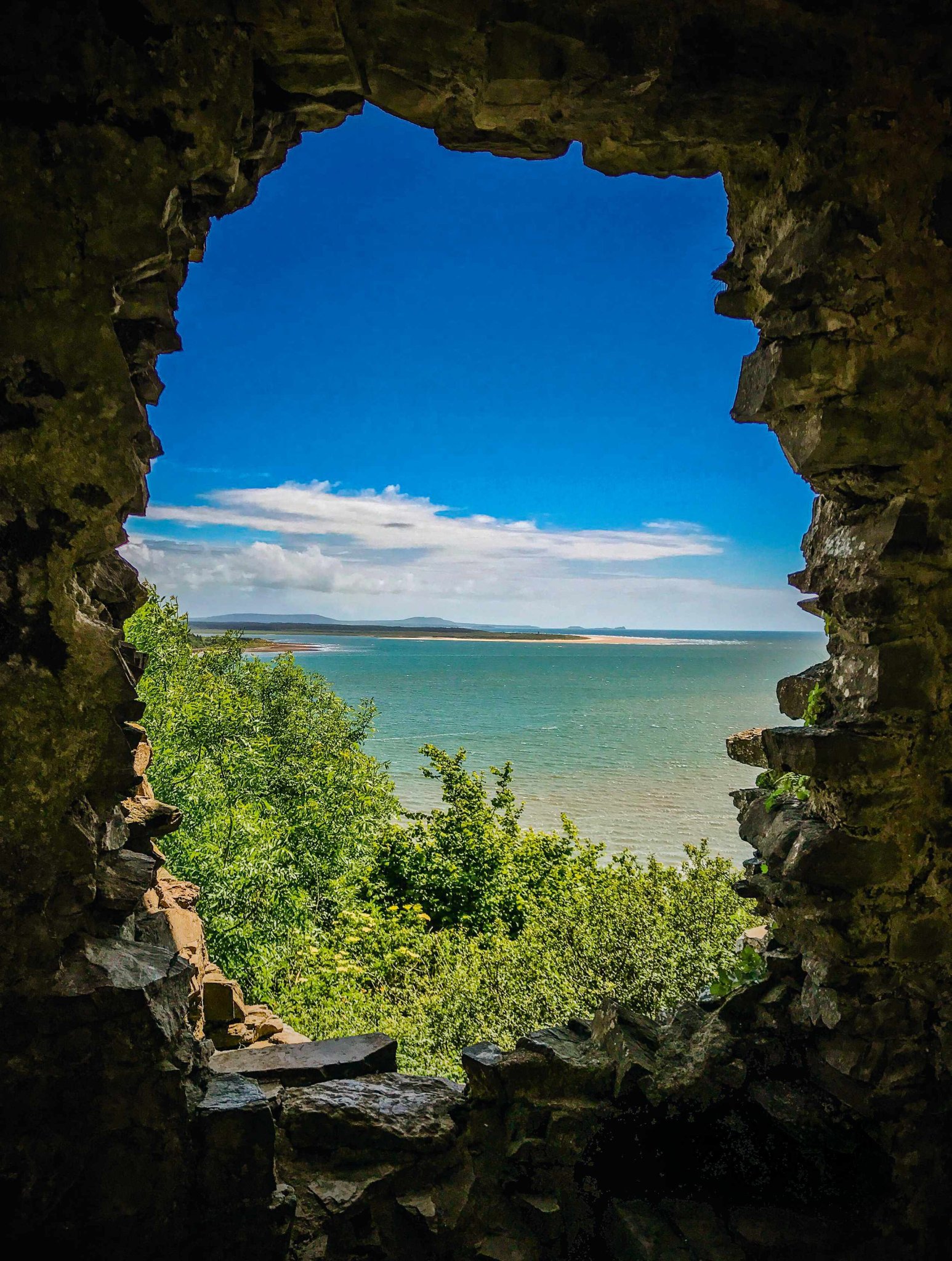
Hop over another estuary or two with their productive cockle beds and, after taking in the sea views from St Ishmael’s flower-strewn churchyard, you arrive at a third enormous castle: Kidwelly. This ancient town, slightly off the beaten track, is well worth exploring, with its thatched pubs, Parc y Bocs Farm Shop, priory church, river paths and long sandy beach at Cefn Sidan. Take a turn around the final headland at Pembrey and enjoy the ever-shifting tidal landscape of the Loughor Estuary.
The tin- and coal-dominated town of Llanelli is the last stop on this coast, where Llanelli Wetland Centre offers a full day’s immersion in the breeding birds of this salt-marsh landscape, only a mile away from the rugby crowds at the fabled Parc y Scarlets stadium.
WOOL AND VICTUALS: CARMARTHEN AND ITS COUNTRYSIDE
If the coast is a pick ’n’ mix of everything, the quiet in Carmarthenshire’s rolling heart feels like a world away from it all, and in so many ways it is. Head off the main road anywhere north of the county town Carmarthen and in no time you will be in a world of deep, dappled valleys, where traditions of clog-dancing, local eisteddfods (cultural festivals) and farmyard production remain strong, as does the Welsh language. For a taste of these timeless villages unmentioned in any guidebook, take a car (no public transport in these parts) to Gelliwen and then follow the Cynin River north on foot, or feel your way further up to Cwmpengraig and explore the paths through the ancient oakwood valleys.
Near here, at Dre-fach Felindre, is Wales’ National Wool Museum, celebrating one of the two main local industries. This is an engrossing experience replete with working machinery, natural dye garden and a mill on site that opens up the world of an inherently sustainable product. Interest piqued, continue up the Teifi valley to see contemporary uses of the region’s wool at Jen Jones’ quilt shop in a cottage near Llanybydder and in Lampeter Town Hall.
Before leaving the hills, its products need tasting. String together a cheese-tasting tour by combining Caws Teifi with Caws Cenarth, before swinging back down for a distillery visit at Jin Talog (appointment only) and a vineyard tour at one of several options around Whitland.
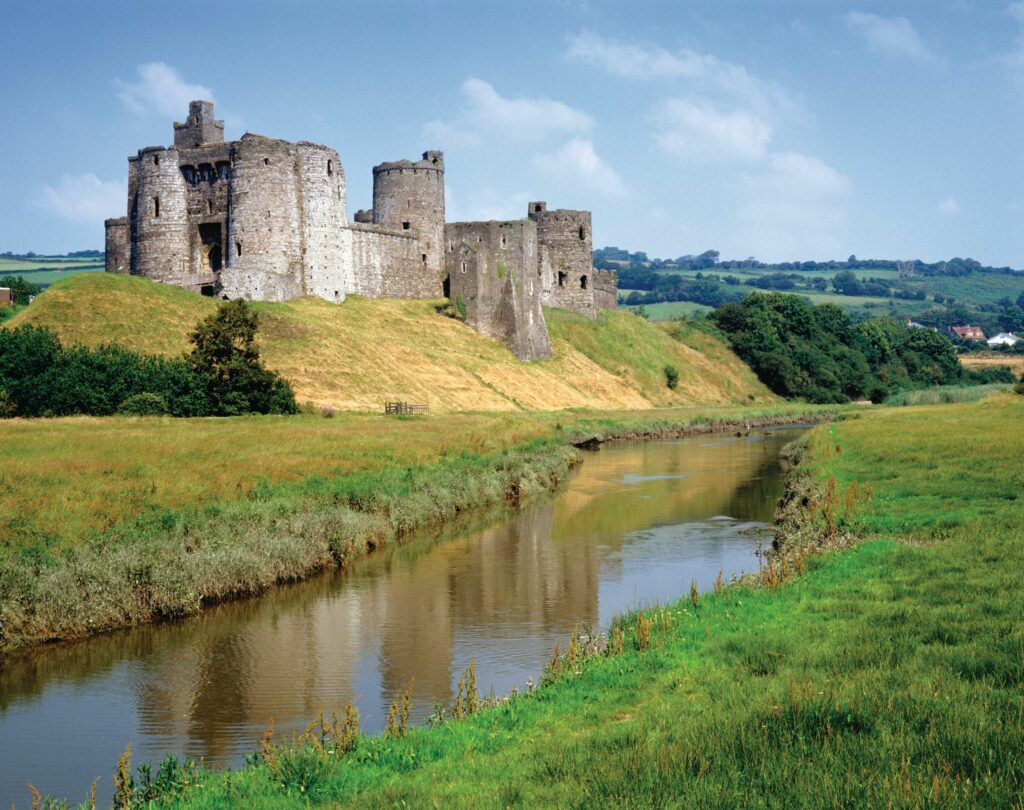
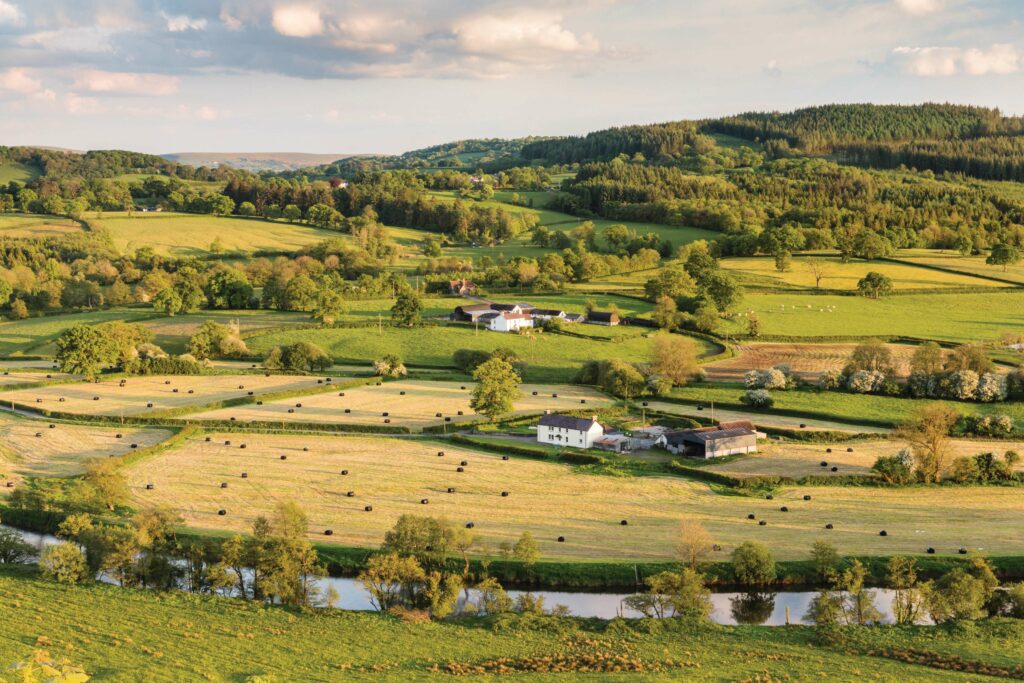

“Head off the main road and you’ll be in a world of dappled valleys where traditions remain strong”
Hamper full, it’s time to discover the county’s beating heart at Carmarthen, founded by the Romans and famous for its connections with the wizard Merlin. Built on its own hill overlooking the winding Tywi River – Wales’ longest – this is a stately town, whose gentry families had a house here alongside their country pile and London pad. For centuries, this was the largest town in Wales and with its rambling, busy town centre and plenty of independent shops and eateries down side alleys, there is still a wealth to discover here. From the vegetarian delis on and around broad Lammas Street (named for the August fair) to the cluster of art galleries near St Peter’s Church and good independent bookshops, the town repays slow exploration. The traditional air-dried (PGI) Carmarthen ham sold at the bustling covered market is well worth a try and both the county museum in the old Bishop’s Palace and Gwili steam railway lie just outside of town and offer complementary ways to delve into the area’s rich heritage.
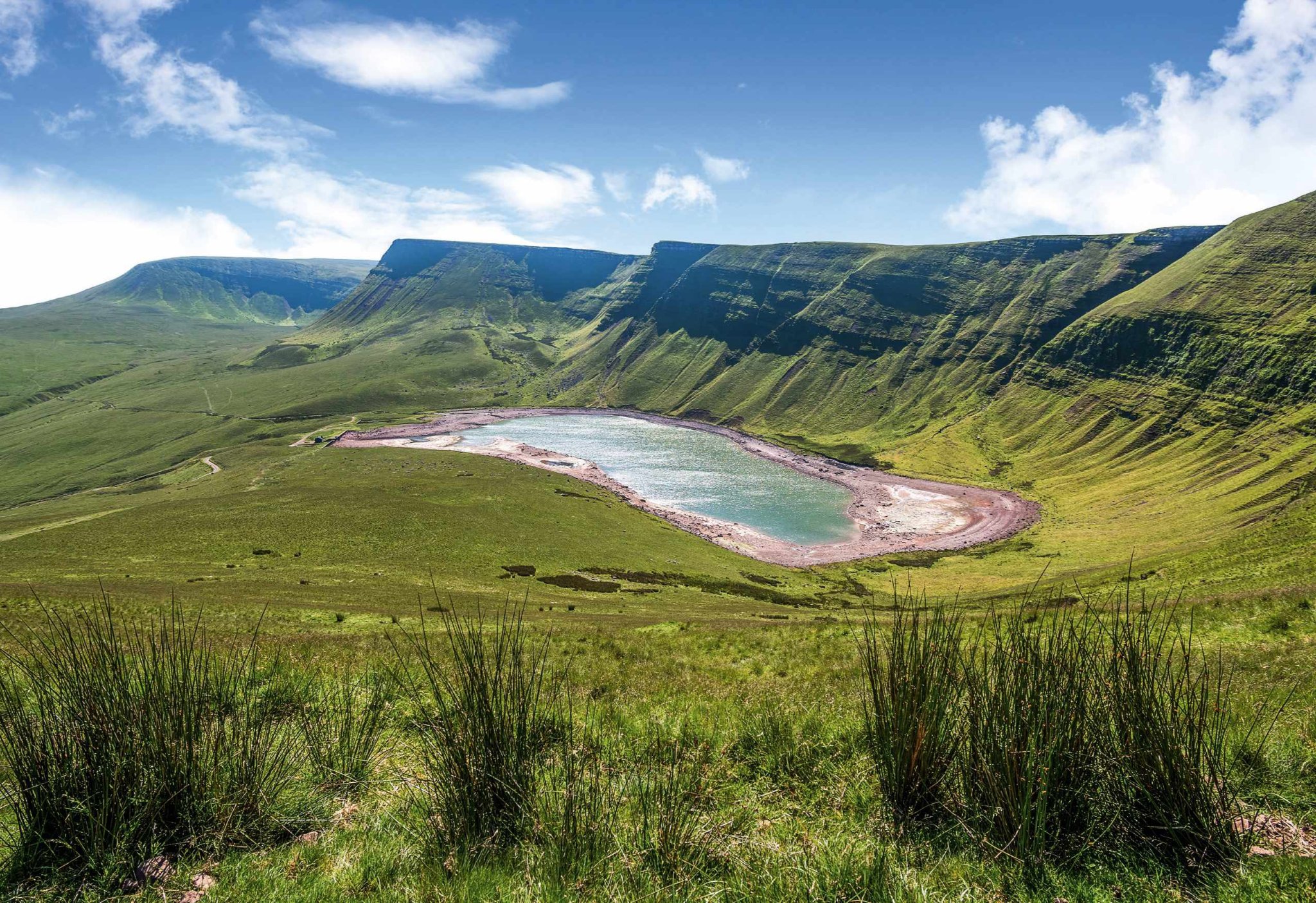
FROM SUMMIT TO VALE: THE TYWI
It was the Tywi that made Carmarthen, and this slow-moving meandering river also shapes the inland, eastern side of the county. Here, the broad river vale runs almost to the flanks of 802m-high Y Mynydd Du, the Black Mountain, encompassed within the Bannau Brycheiniog National Park (formerly Brecon Beacons). Quieter than the more famous peaks further east, this is still real mountain country.
Llanymddyfri/Llandovery is the only market town in this area, home to King Charles’ Welsh estate at Llwynywermod and a good base for exploring. North of the town, the Tywi’s headwaters – Gwenffrwd, Doethïe, Pysgotwr Fawr – cascade through craggy, heather-clad moorland cwms. This is famed salmon and sewin (sea trout) country, with daily and weekly permits available from the Llandovery Angling Association. Walkers in the open hills around here – which stretch for dozens of miles into neighbouring parts of mid-Wales – are unlikely to have company, other than the sand pipers and dippers along the rivers and the red kites overhead. Both Gwenffrwd-Dinas Nature Reserve – arocky, wooded knoll rising in the middle of a steep valley – and Llyn Brianne Reservoir are remote, stunning beauty spots. It is perhaps no coincidence that Wales’ most famous hymn-writer, Williams Pantycelyn, author of ‘Guide me o thou Great Redeemer/Bread of Heaven’, was born in this serene region and ministered here throughout his life.
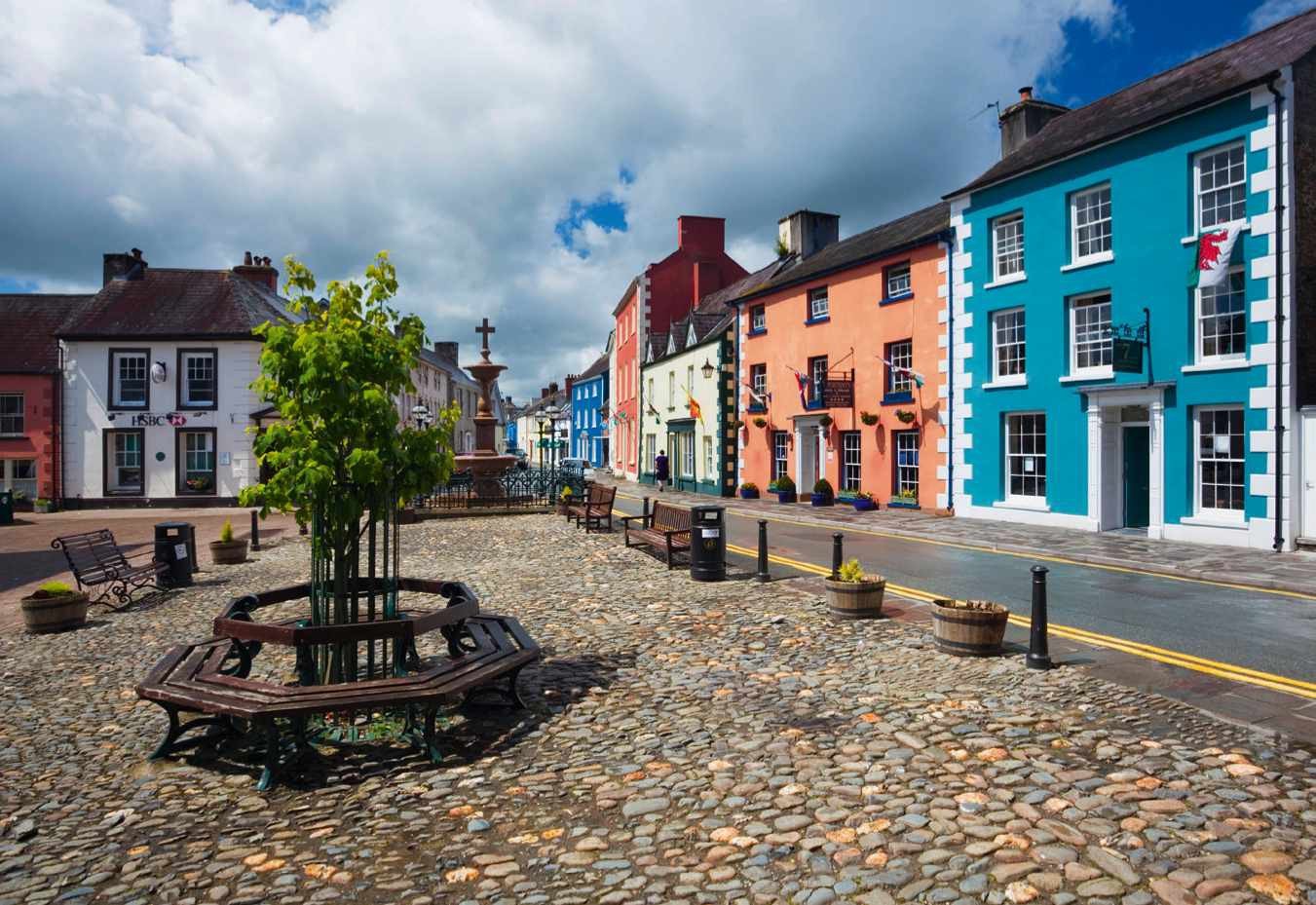
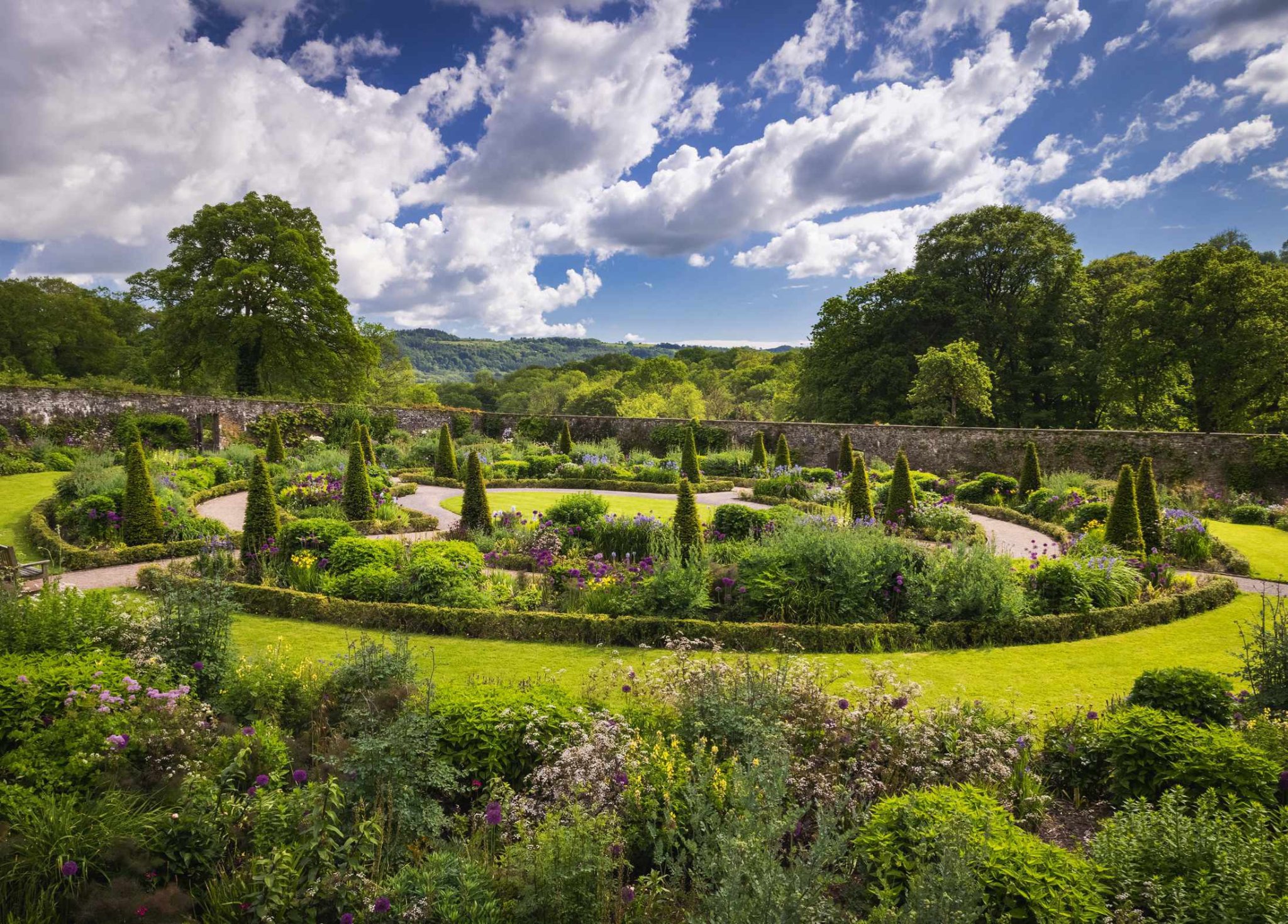
Down river, the central stretch of the Tywi Valley, through the boutique town of Llandeilo and on towards Carmarthen, has its own riches to offer. Once dappled with orchards, this 20-mile stretch of sheltered and fertile countryside retains some of Wales’ finest gardens, from the parkland at Dinefwr to Aberglasney Gardens and the National Botanic Garden of Wales at Llanarthne. These are all former great houses brought back to life over the past quarter century and can easily fill a day. Aberglasney includes a unique survival from the Elizabethan era in its cloistered garden, the only one of its kind, coupled with four hectares of gardens in over 20 styles, ranging from sub-tropical to native meadow. The National Botanic Garden is one of Wales’ finest horticultural assets, boasting the largest single-span greenhouse in the world, hundreds of acres of parkland and several impressive walled gardens, including the national collection of native Welsh apples.
The Tywi’s gardens may be restored, but its ruined castles are, perhaps happily, not, and still stand sentinel over the valley as a reminder of the contested nature of this region. Two of these are in their own ways superlative examples of the cliff-top castle; Dryslwyn sits directly above the river in the middle of the valley and Carreg Cennen is a few miles east and almost 300 metres higher. Both dominate the landscape. In contrast to the Norman fortresses of the coast, these were built by the native Welsh princes, but the contrast conceals an irony. The Normans may well have conquered politically, but in character and culture, it was the incoming invaders who were clearly assimilated – to all our benefit.
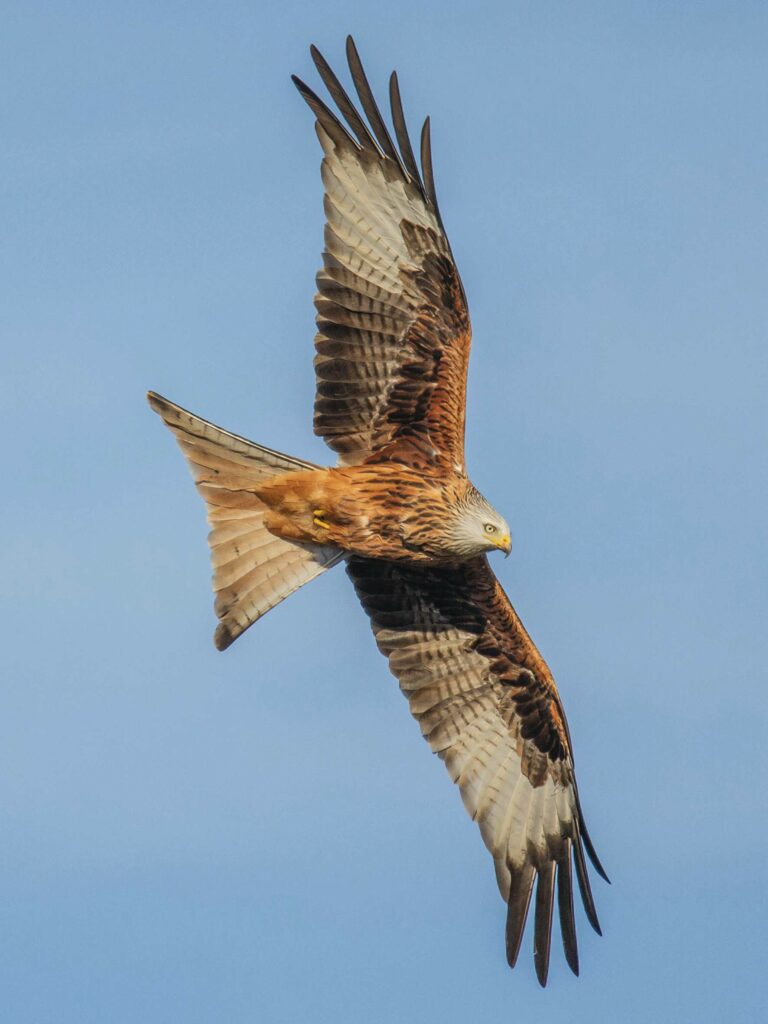

Carwyn Graves is the author of Welsh Food Stories, an exploration of Wales’ food culture, and has been involved in the preservation of local fruit varieties. He now works for Tir Glas, a pioneering centre for Sustainable Rural Life.
Now go to Carmarthenshire
Where to stay, eat and explore in the Welsh county, by Carwyn Graves
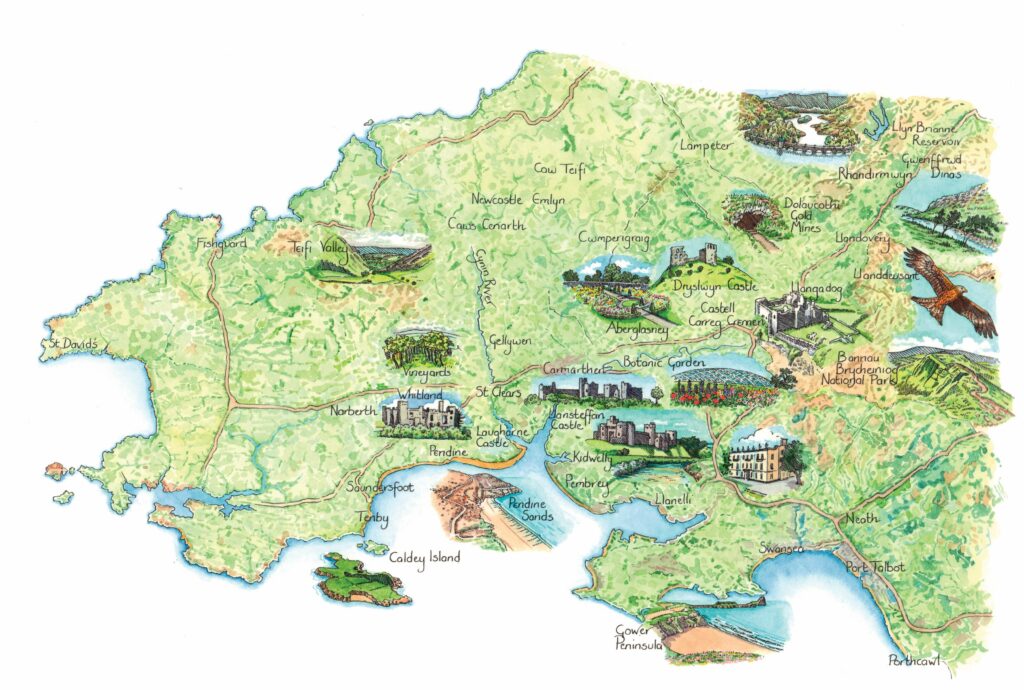
PLACES TO STAY, EAT AND DRINK
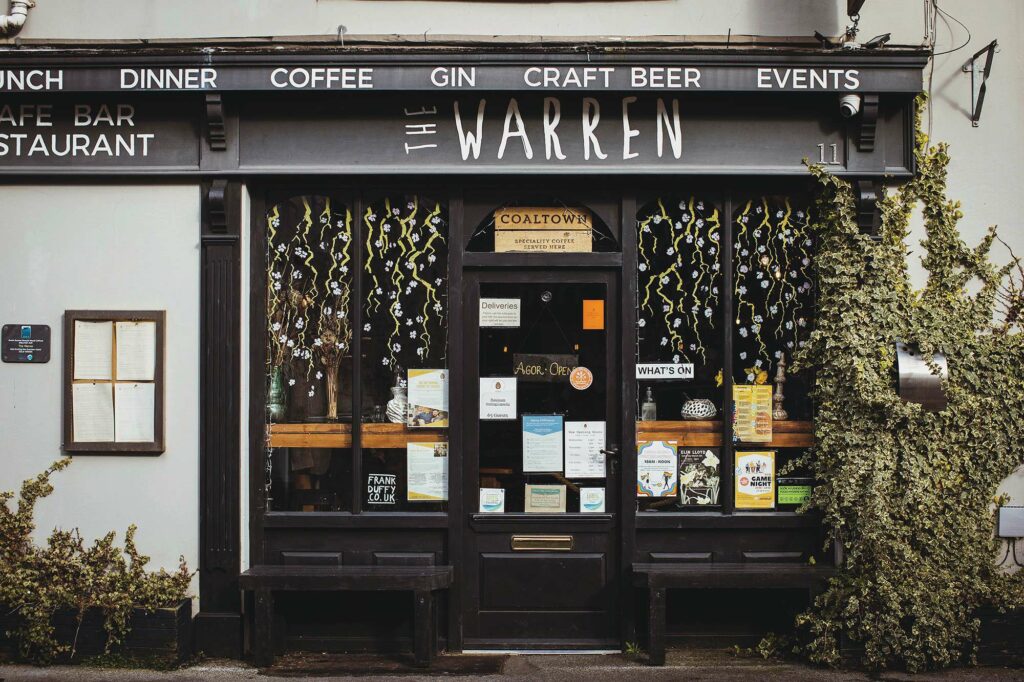
The Warren in Carmarthen (above) powers its vegetarian cafe and restaurant on renewable energy.
warrenmanselst.co.uk
Dexters Steakhouse in Carmarthen serves local, sustainable meat.
dexterswales.co.uk
Wright’s Food in Llanarthne uses local produce in its delightful menus.
shop.wrightsfood.co.uk
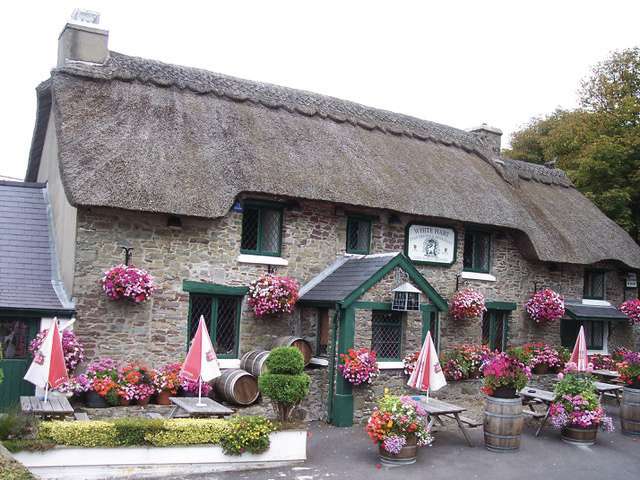
White Hart Inn and Brewery (above) in Llanddarog is a thatched, characterful pub.
coles.wales/pub-restaurant.
Royal Oak at Rhandirmwyn is welcoming and remote.
the-royal-oak-inn-1.ueniweb.com.
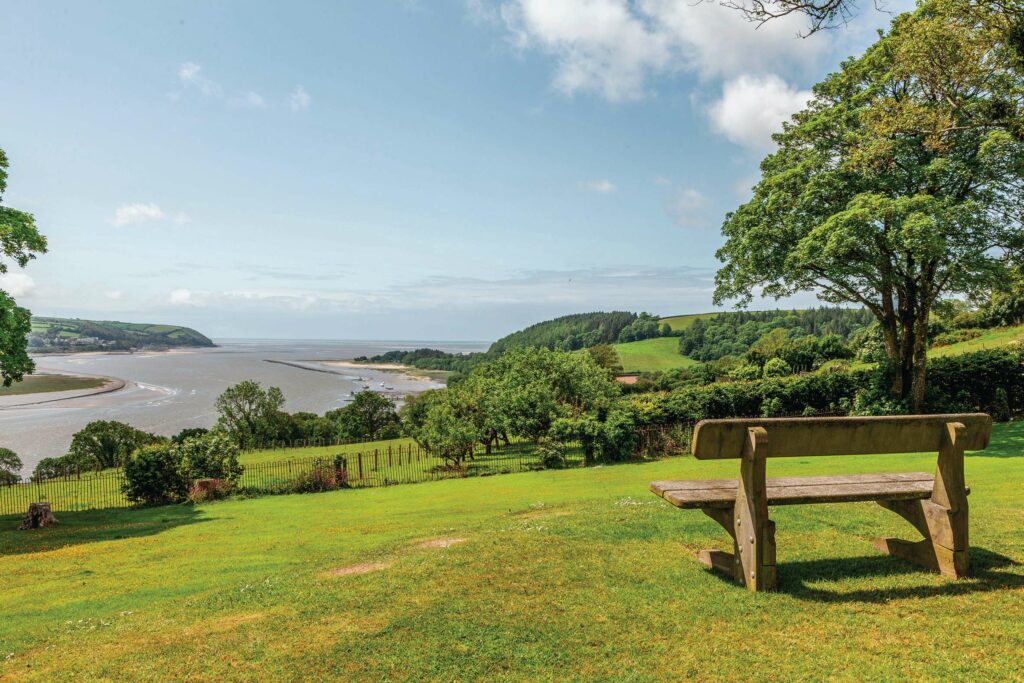
The Forest Arms in Brechfa is a traditional pub with comfortable B&B rooms, with miles of forest walks and mountain biking on your doorstep.
forestarms.com
Mansion House Hotel in Llansteffan has plenty of sea views. Double rooms from £175 a night.
mansionhousellansteffan.co.uk
PLACES OF INTEREST
Carmarthenshire holds a wealth of gardens and castles and a quirky collection of museums:
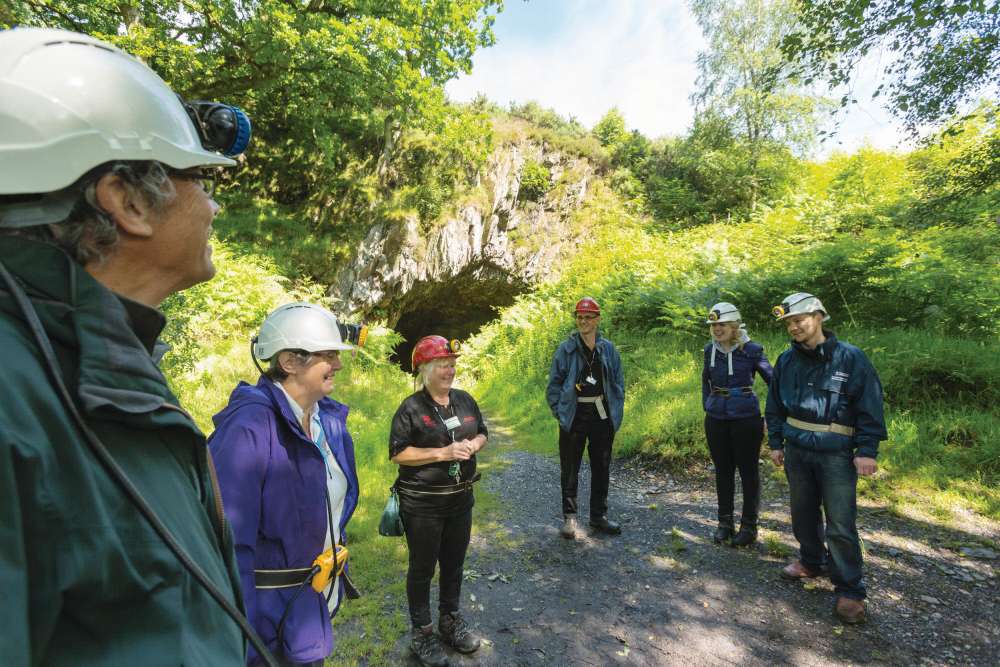
Dolaucothi Gold Mines (above) is a National Trust property with both Roman and Victorian mines, set in an enchanting wooded valley. Advance booking is advised.
nationaltrust.org.uk/visit/wales/dolaucothi
Laugharne Castle. An imposing medieval castle.
cadw.gov.wales/visit/places-to-visit/laugharne-castle
National Coracle Centre is a pretty museum devoted to coracles by lovely Cenarth Falls.
coracle-centre.co.uk
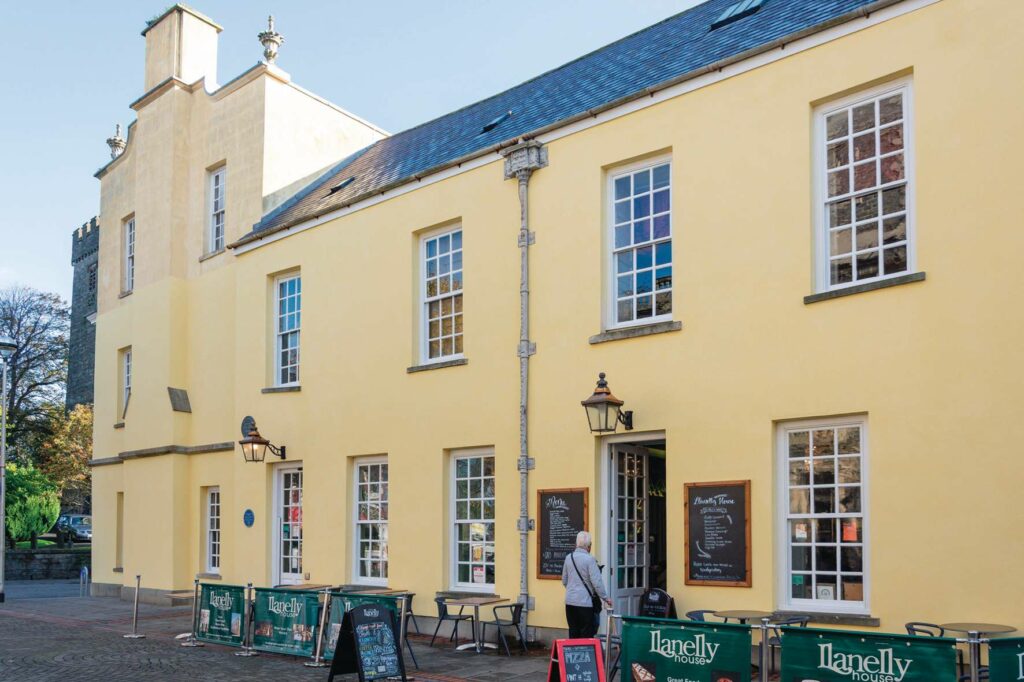
Plas Llanelly House (above) is Wales’s finest Georgian building and offers tours three times a week. Advanced booking advised.
llanelly-house.org.uk
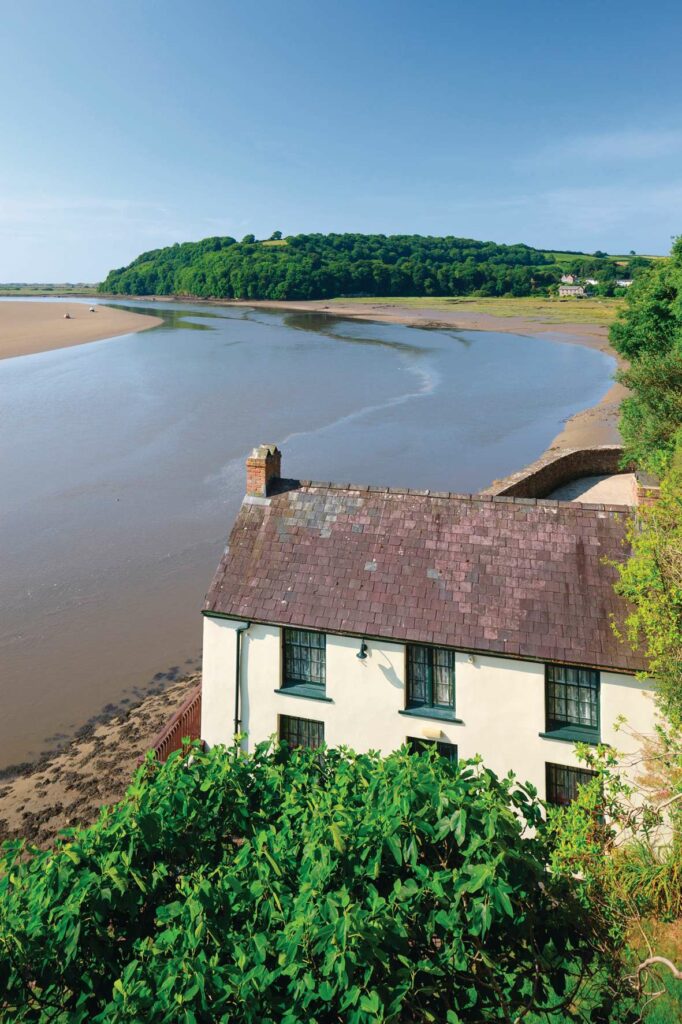
Laugharne Boathouse (above) was Dylan Thomas’ home from 1949-1953.
dylanthomasboathouse.com
Hywel Dda Centre is a garden and heritage centre that celebrates the codes of law of Hywel Dda (Hywel the Good), an early medieval Welsh king.
hywel-dda.co.uk
Llanddeusant Red Kite Feeding Station has feedings of these raptors each afternoon.
redkiteswales.co.uk
A GOOD BOOK…
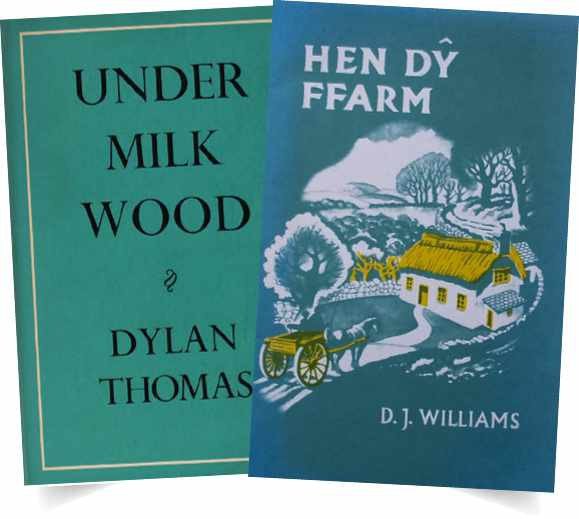
The obvious English-language representation of Carmarthenshire in literature is Dylan Thomas’ Under Milk Wood, set in a fictional version of Laugharne. For the million or so across the UK learning Welsh, the classic to read is DJ Williams’ autobiography, Hen Dŷ Ffarm, set in late 19th-century Rhydcymerau.
A recent film representation of the county town comes in the rather lovely Save the Cinema (2022), based on a true story of the campaign to save the town’s independent Lyric in the early 90s. And if folk music evokes place for you, then Cynefin’s reworking of folk songs from the Teifi Valley in the north of the county give a sense of the area’s rural liveliness like nothing else (cynefinmusic.wales).
THREE FANTASTIC WALKS
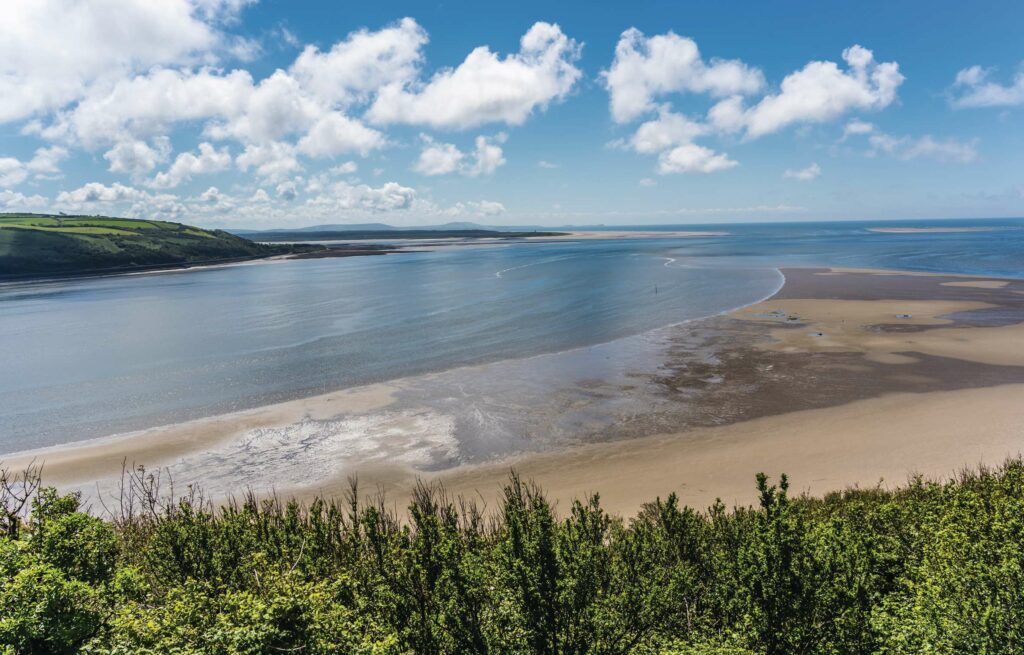
Llansteffan to Ferryside
For a coastal romp you’ll have to yourself, follow the Wales Coast Path in this full-day 16-mile loop; there are no finer estuary views to be had. Time it well and you can cross back as late as 8pm using the ferry. Crossings are dependent on the tides; see carmarthenbayferries.co.uk.
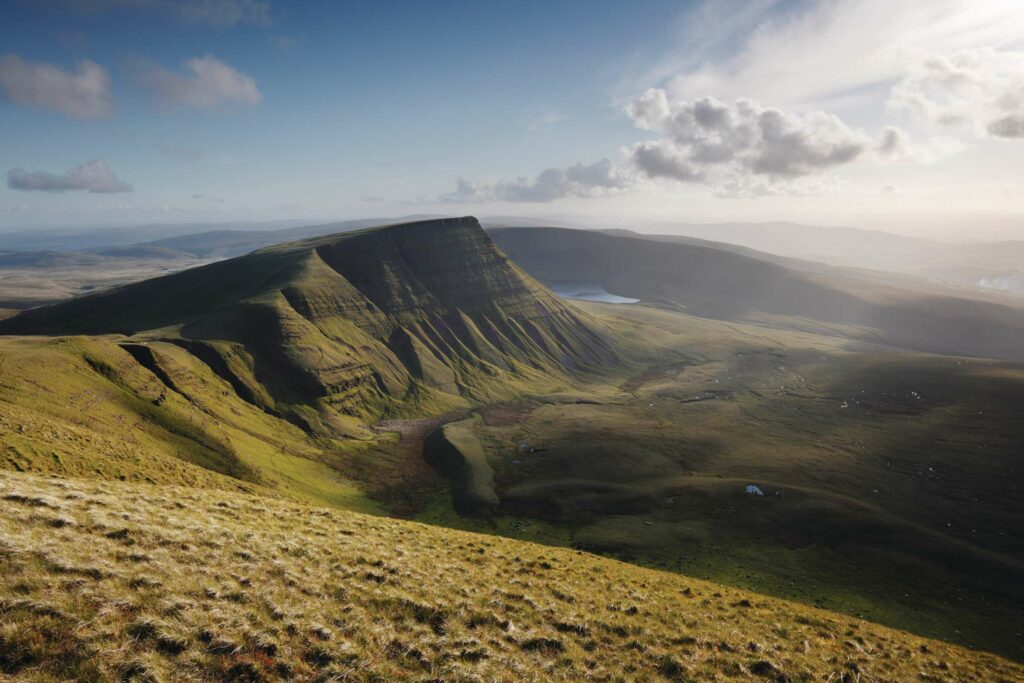
Llyn y Fan Fach
This famous but bite-sized walk (four miles, 400 metres ascent) bursts with mountain air. Start at the car park south-east of Llanddeusant. Follow the path along the river to the northern edge of the lake, before descending along the ridge to your west, taking in wide moorland vistas ahead.
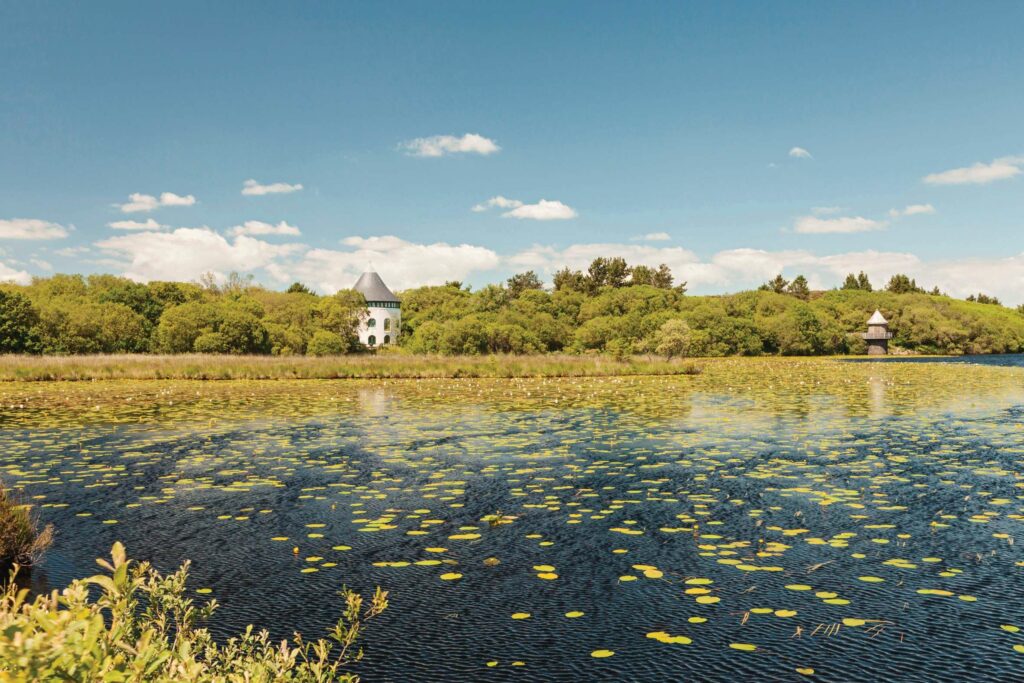
Llyn Llech Owain Country Park
A range of easy access, level walks with facilities and fine views can be had at this park near Llanelli, with a central lake and peat bog providing home to a wealth of wildlife. Rare plants include bogbean and royal ferns and birdlife ranges from pochards to reed buntings, little grebes and house martins.